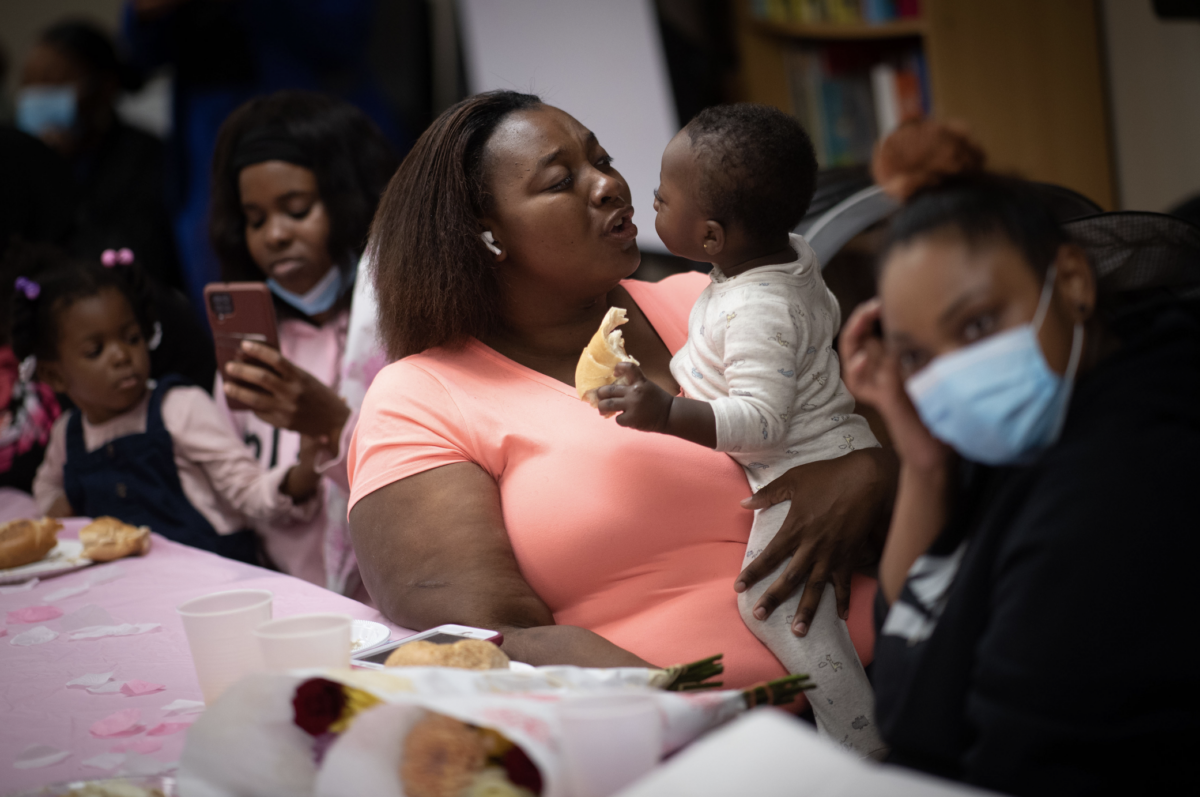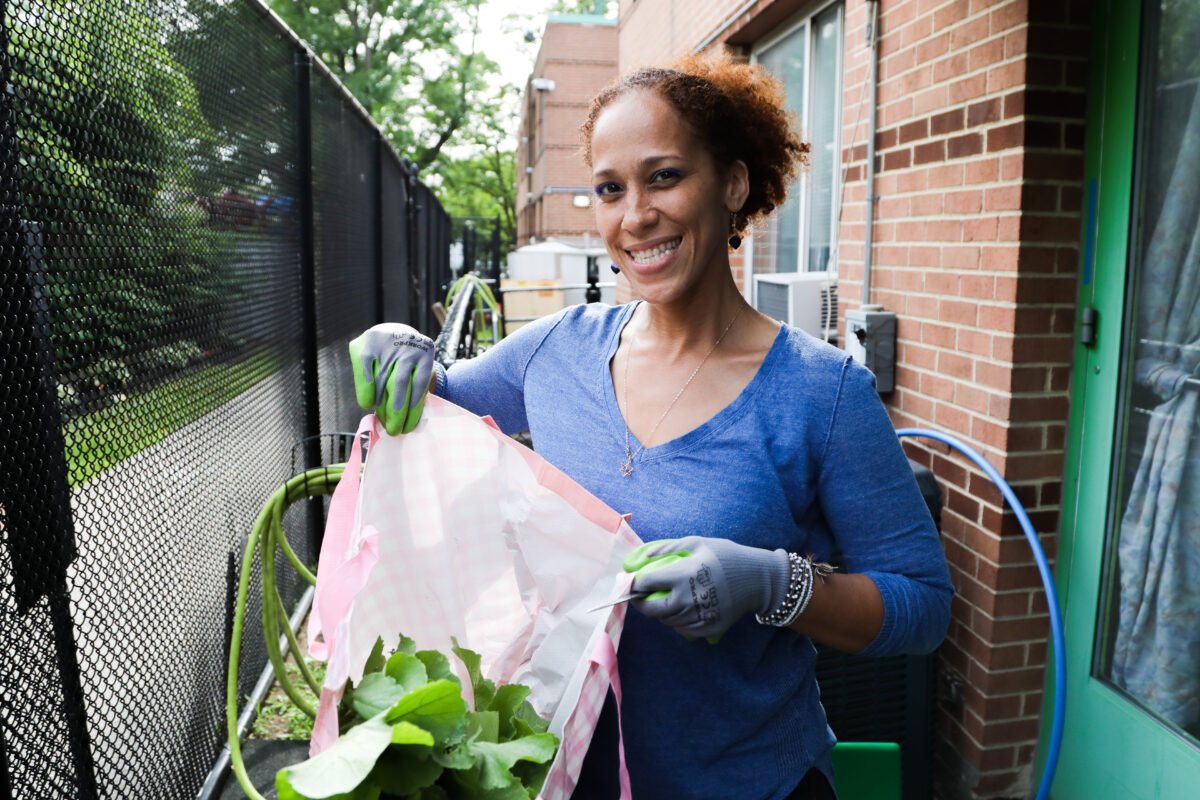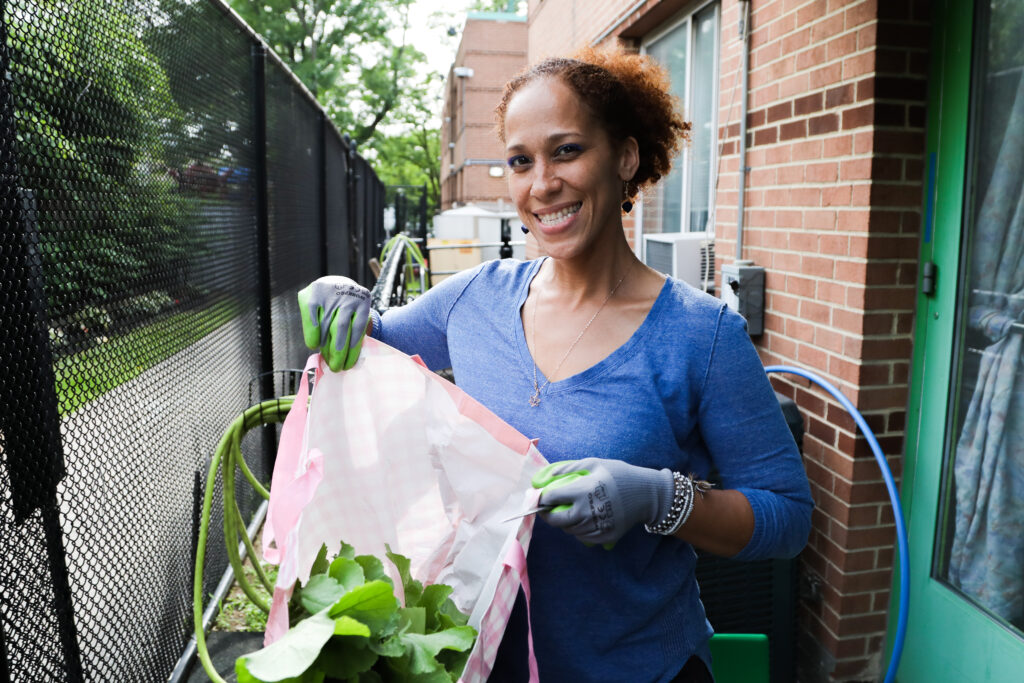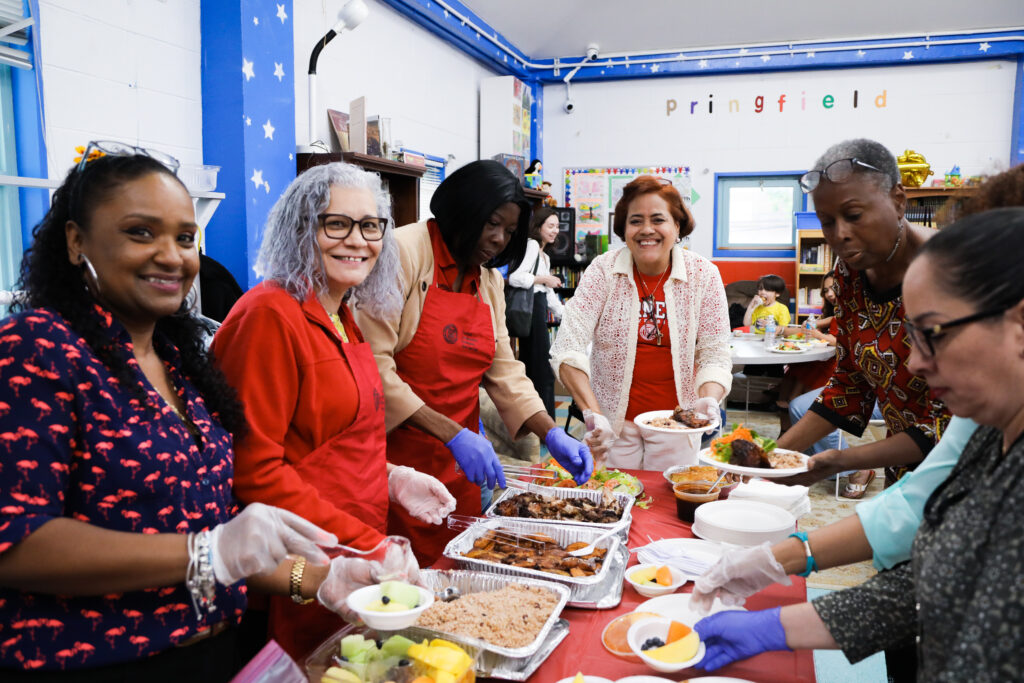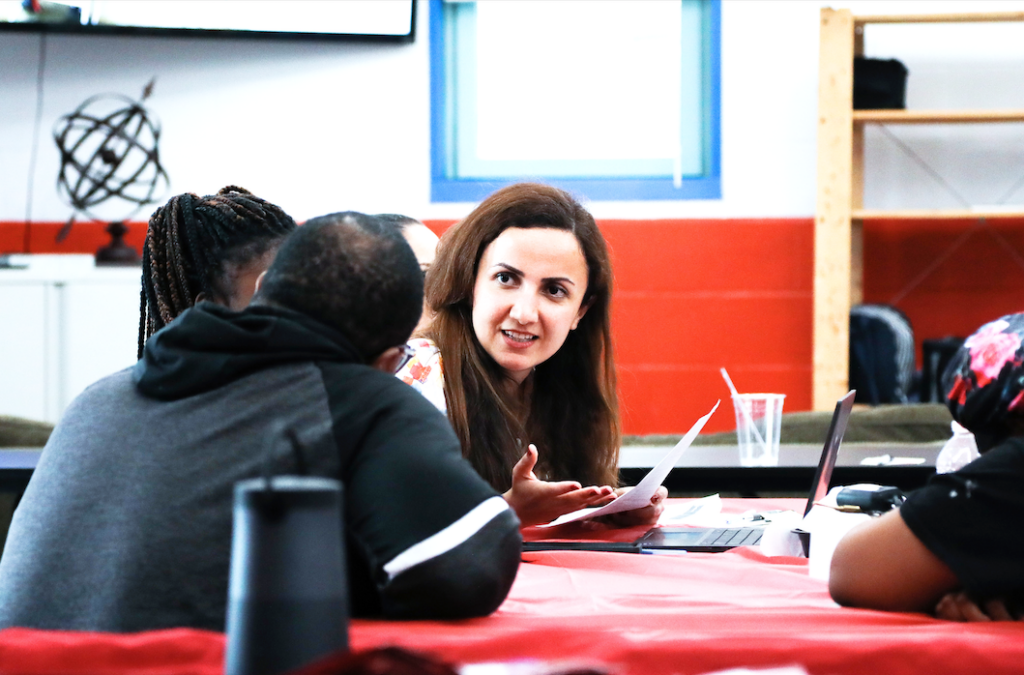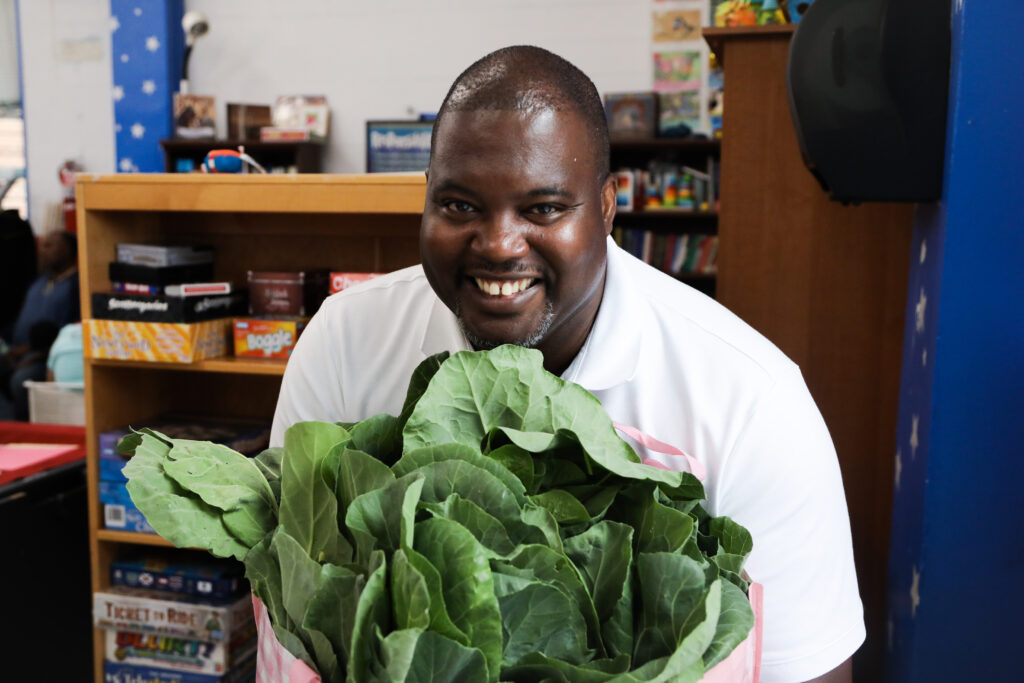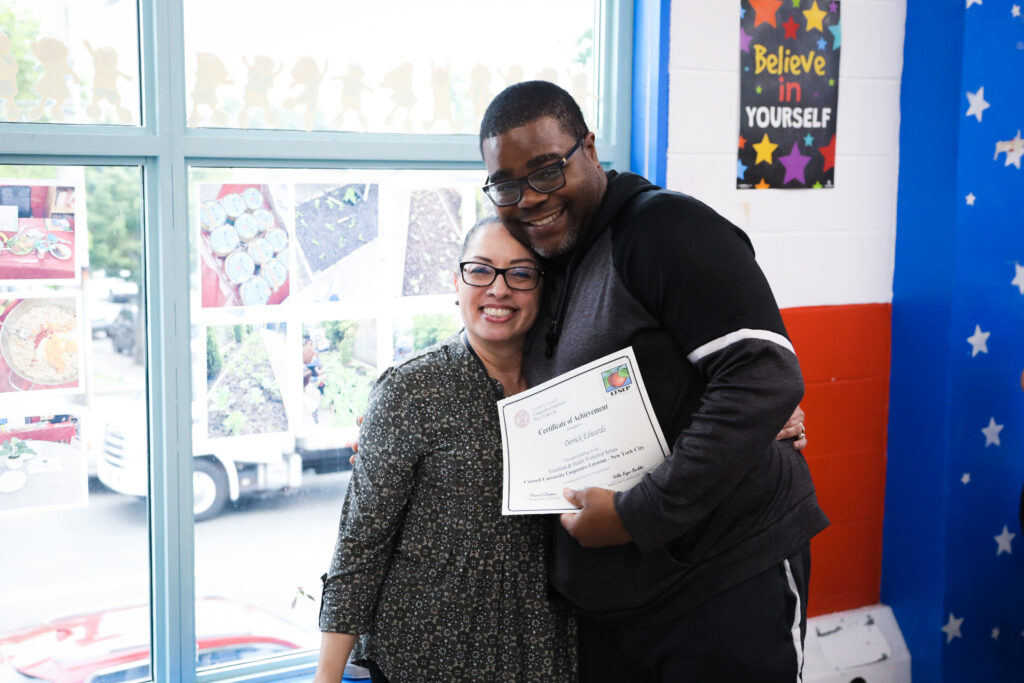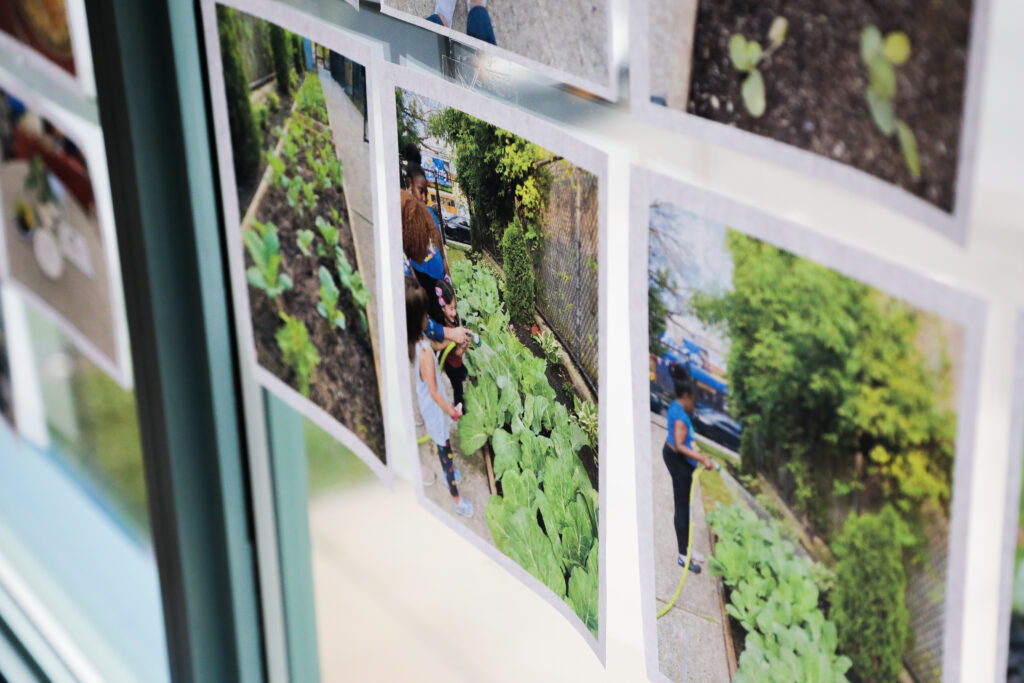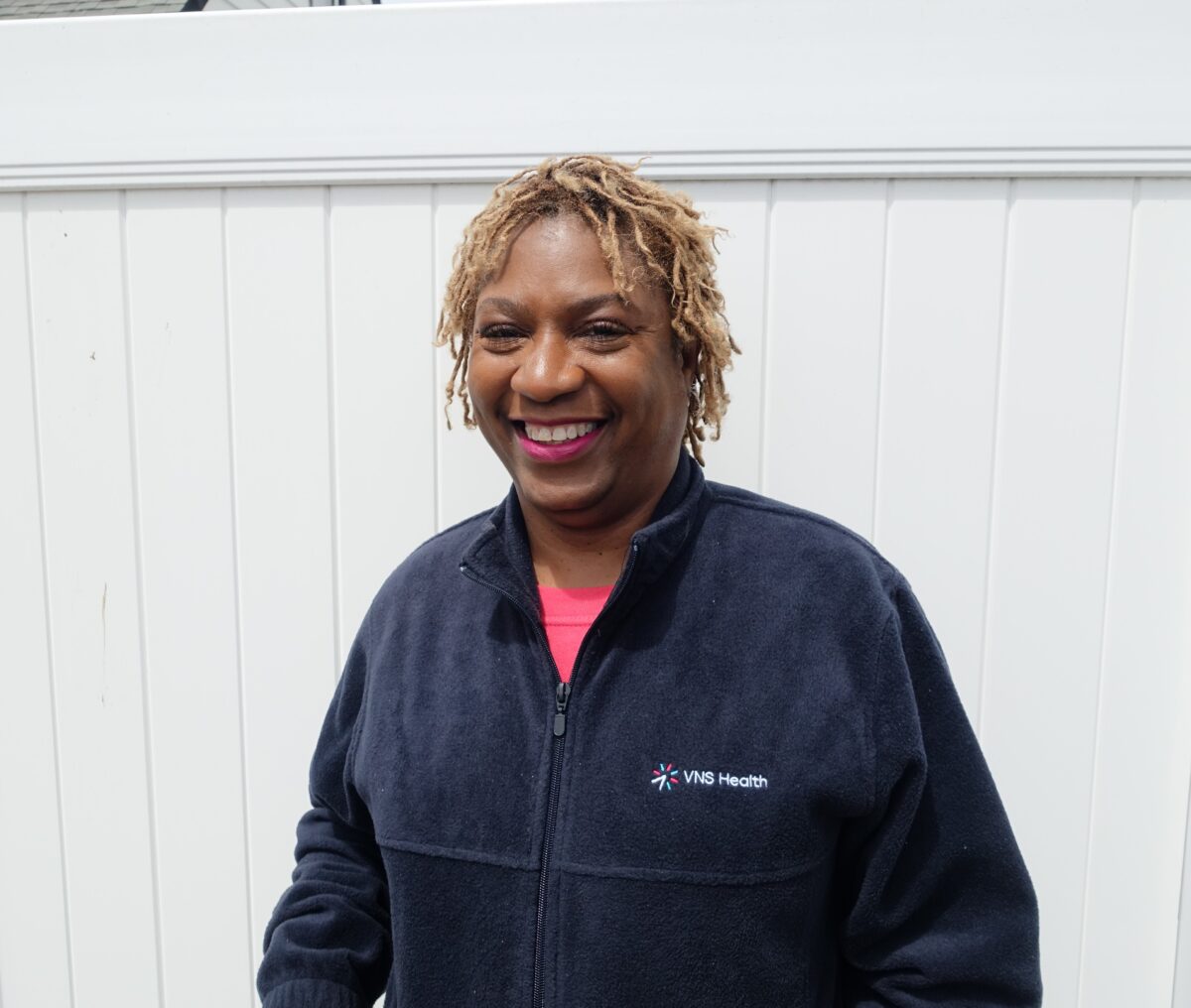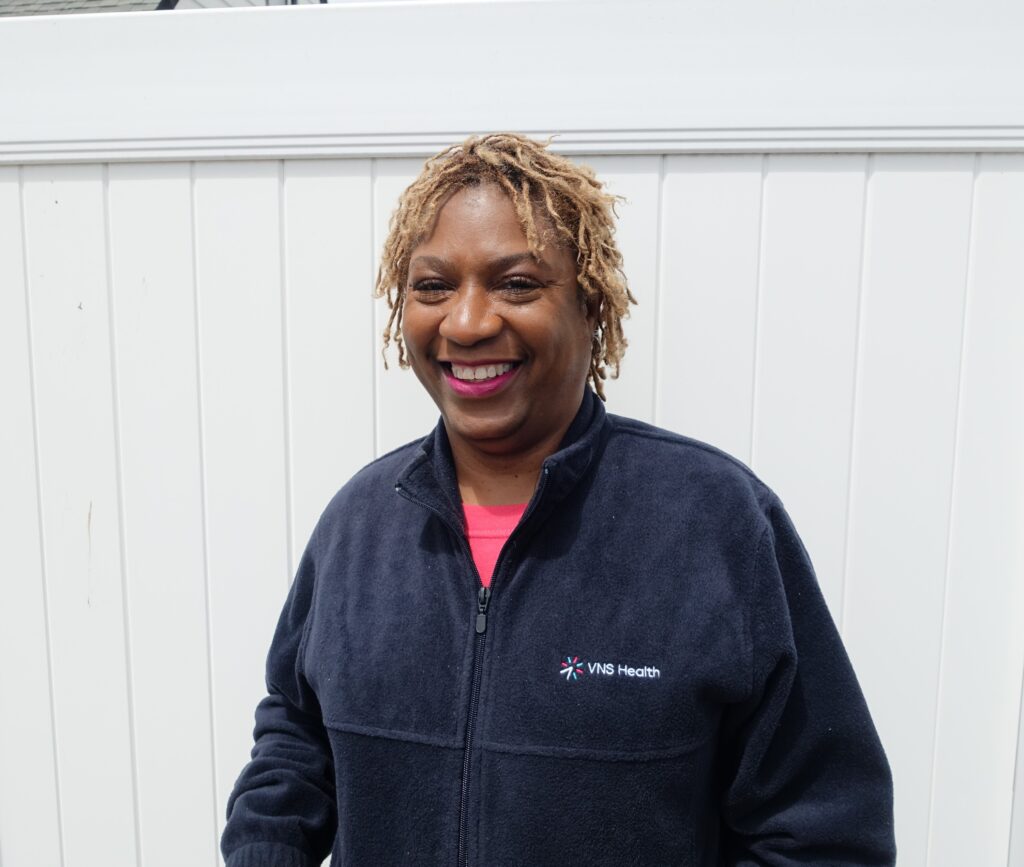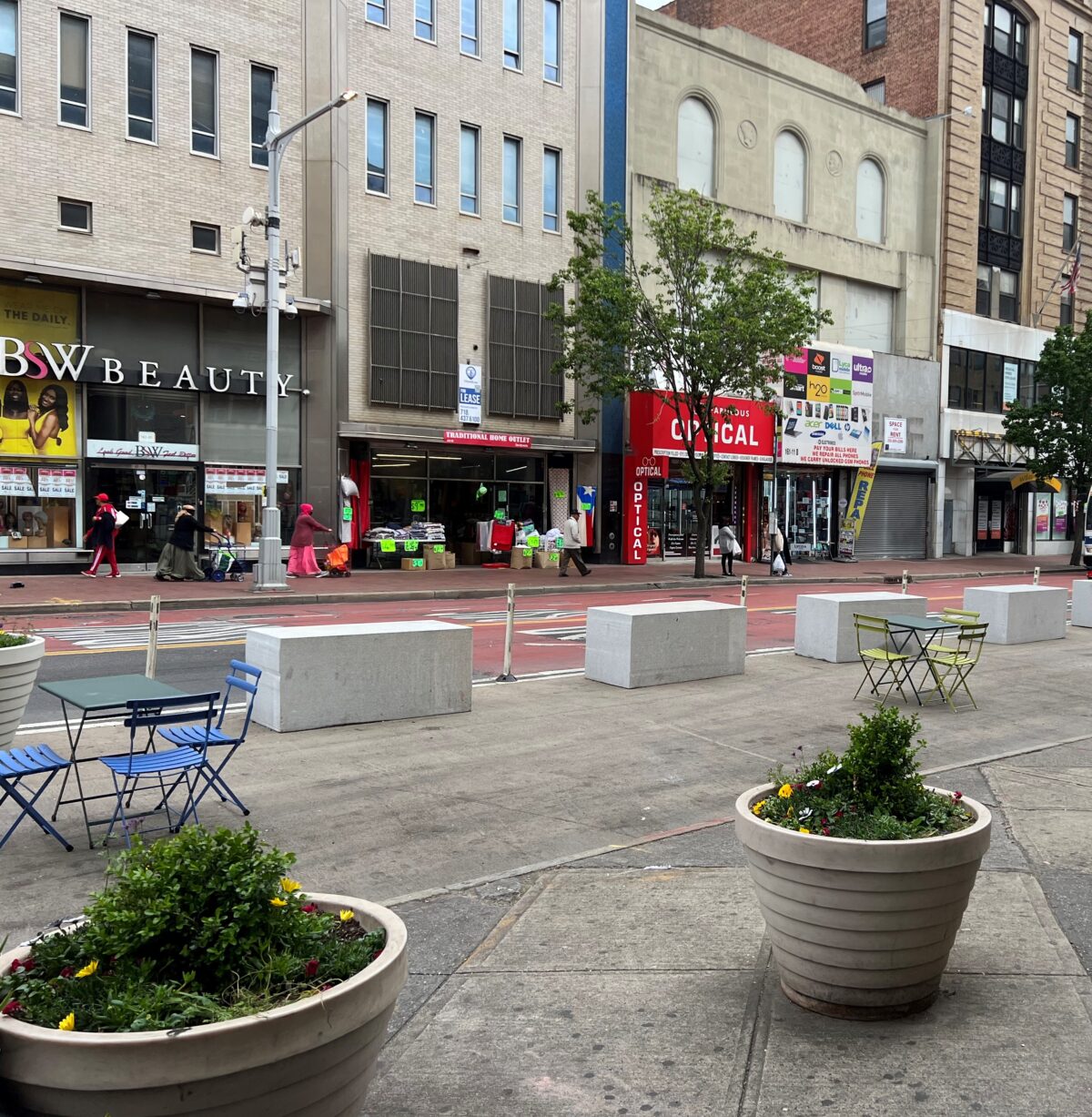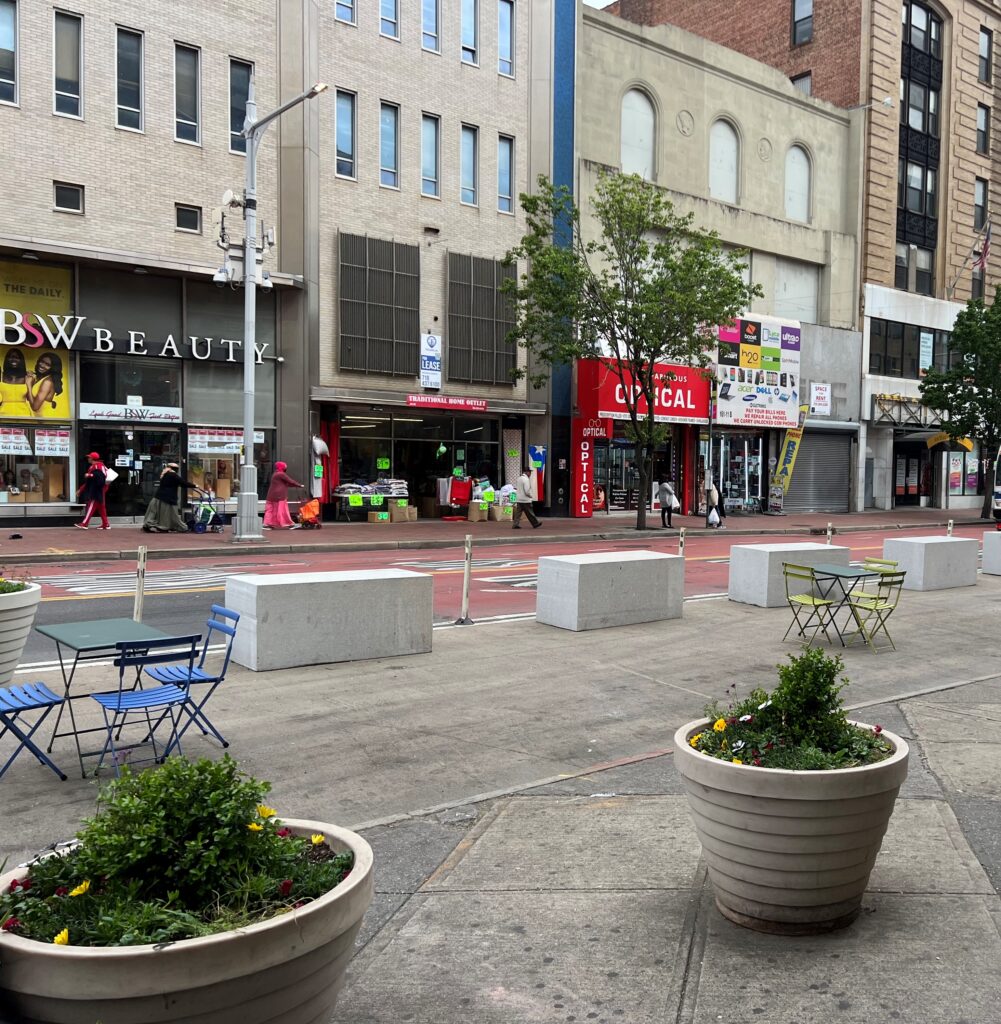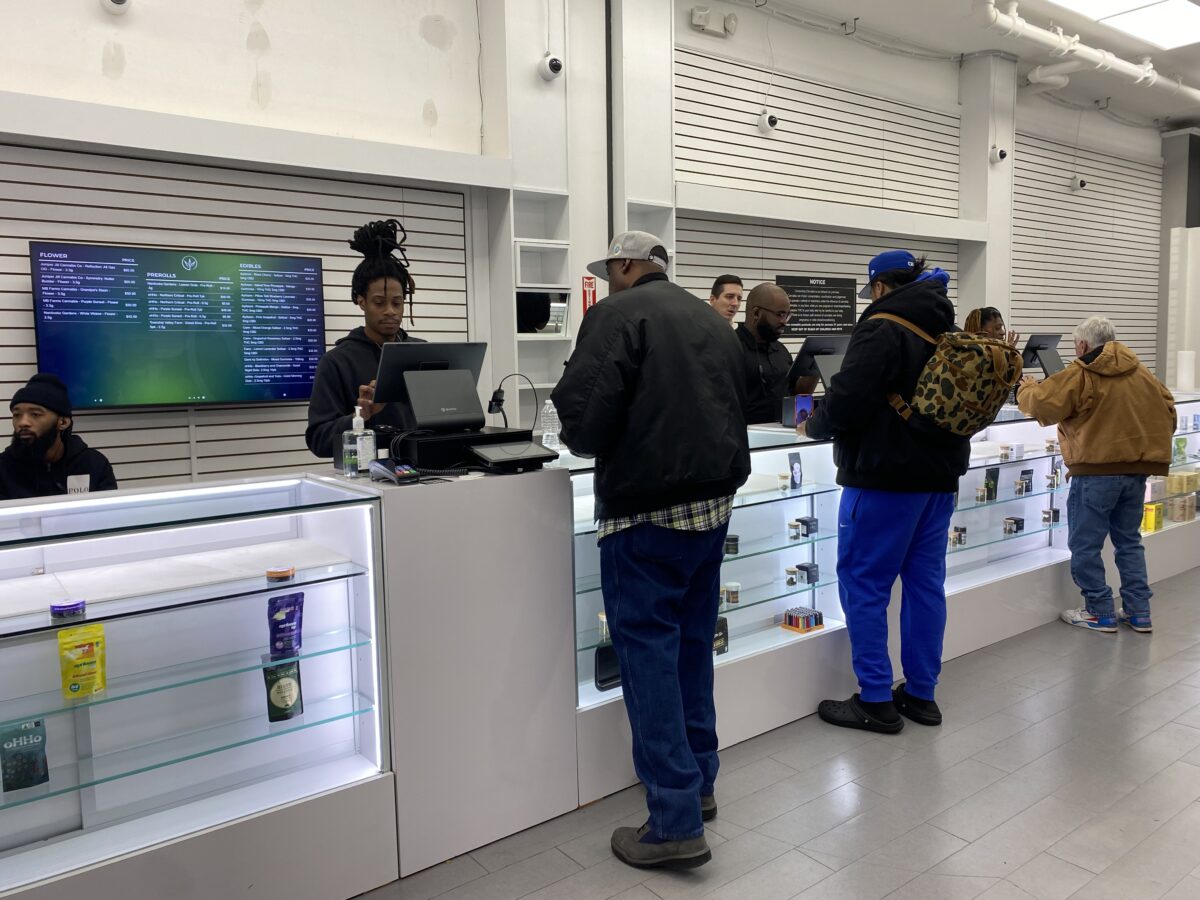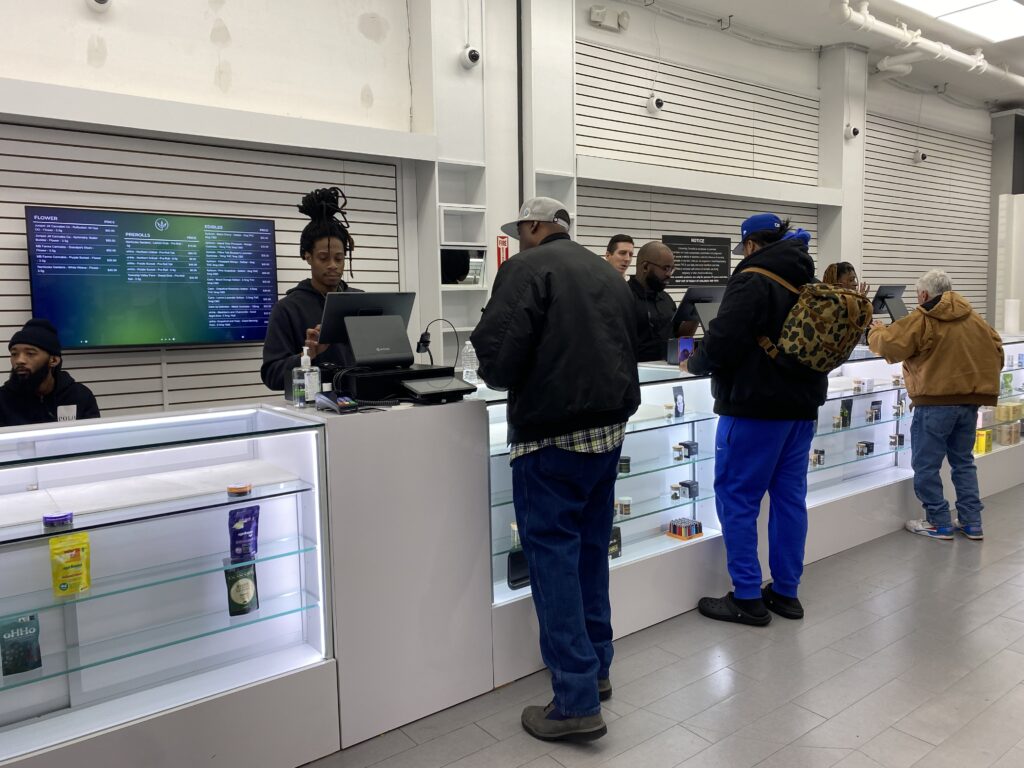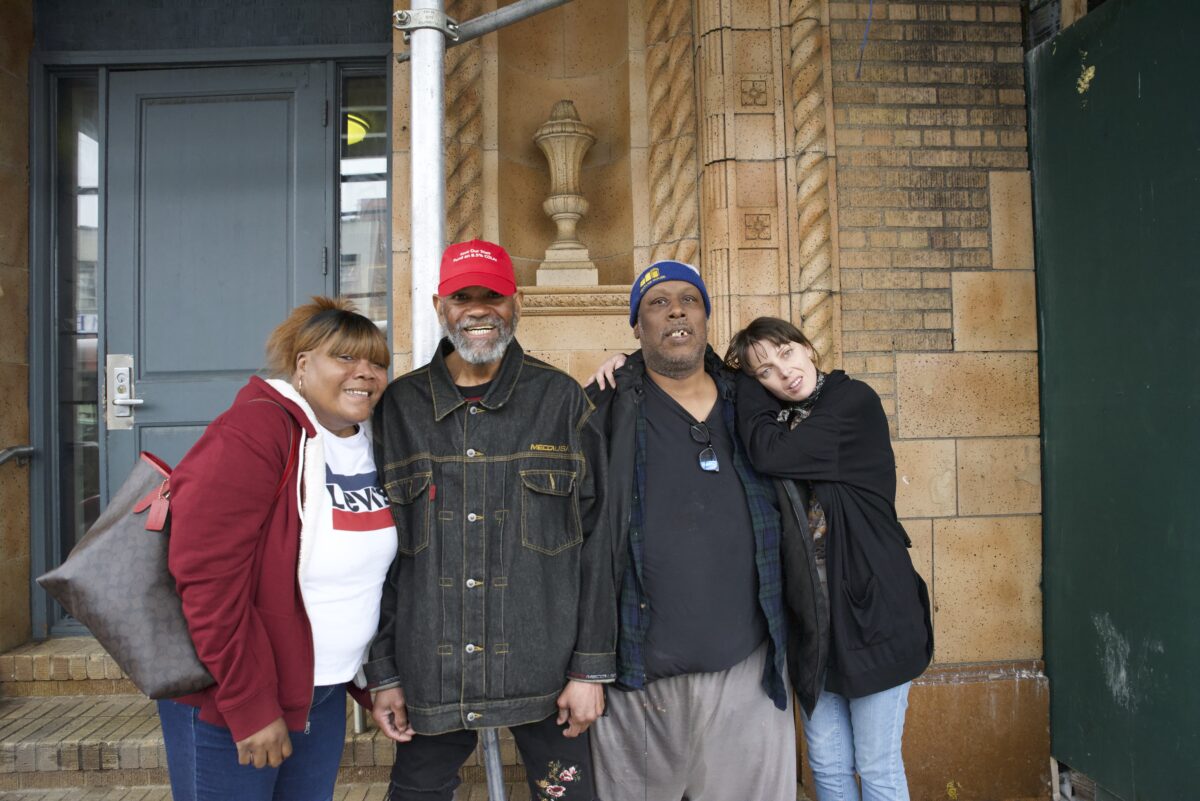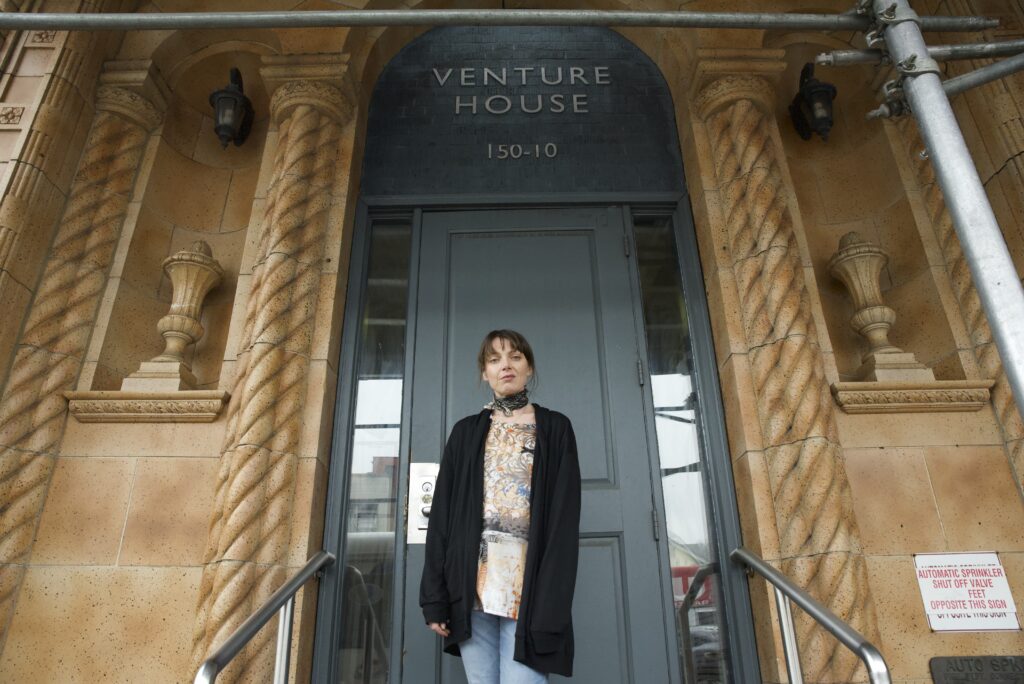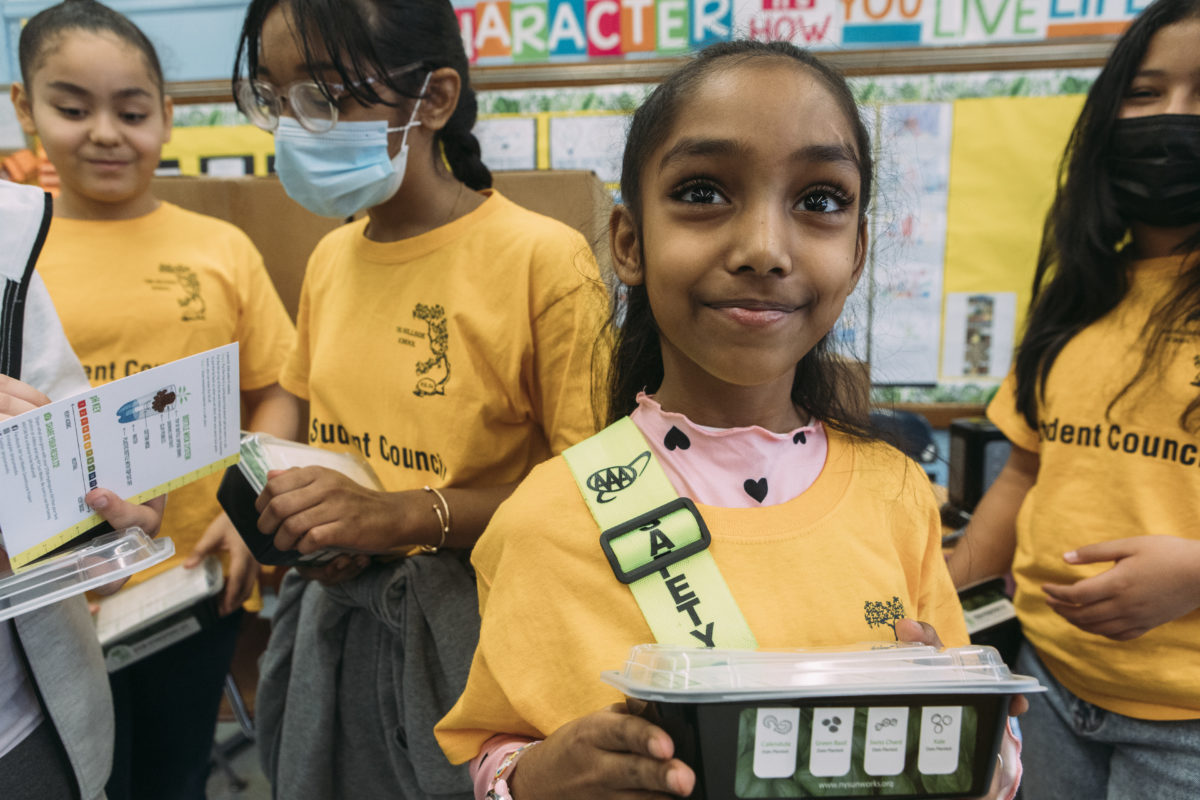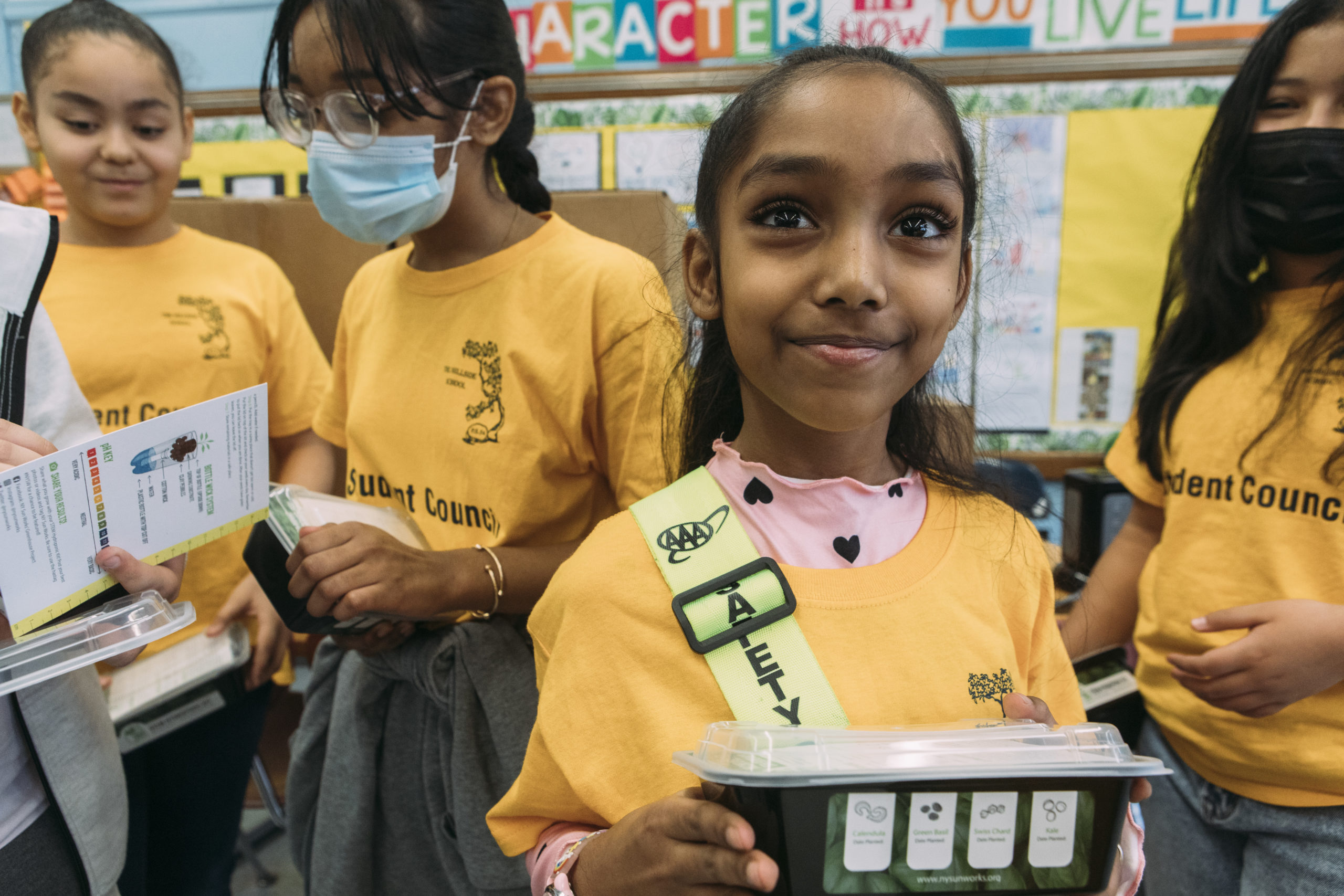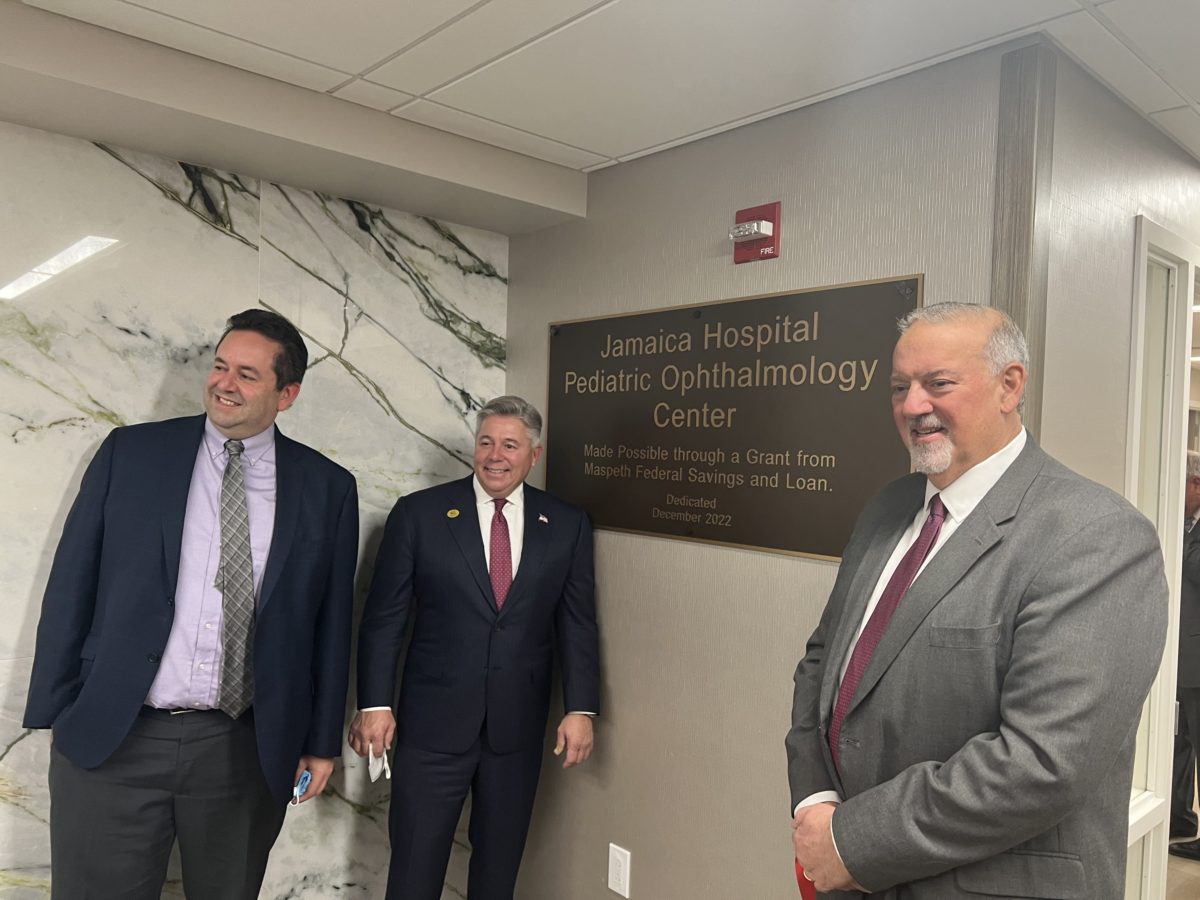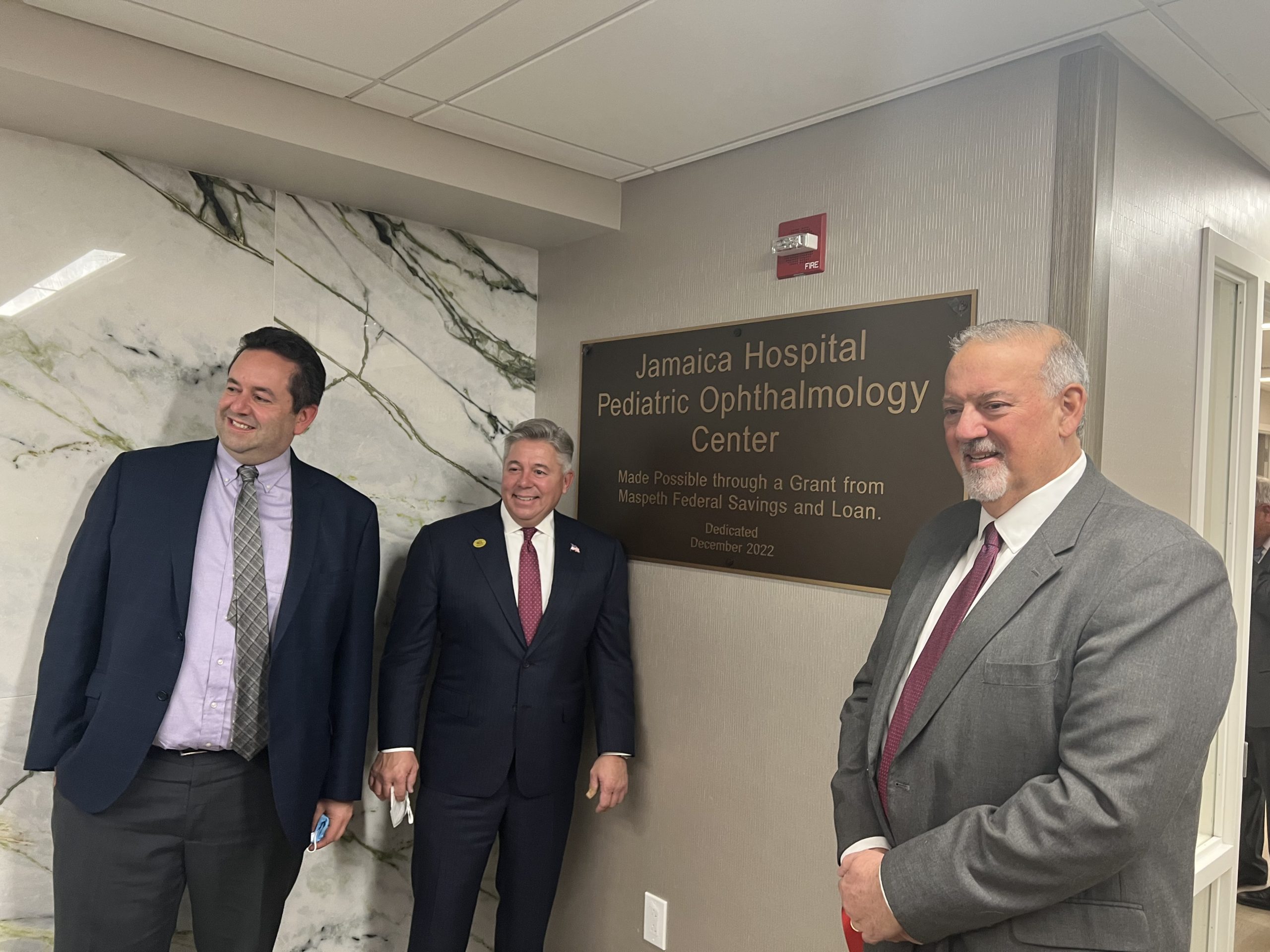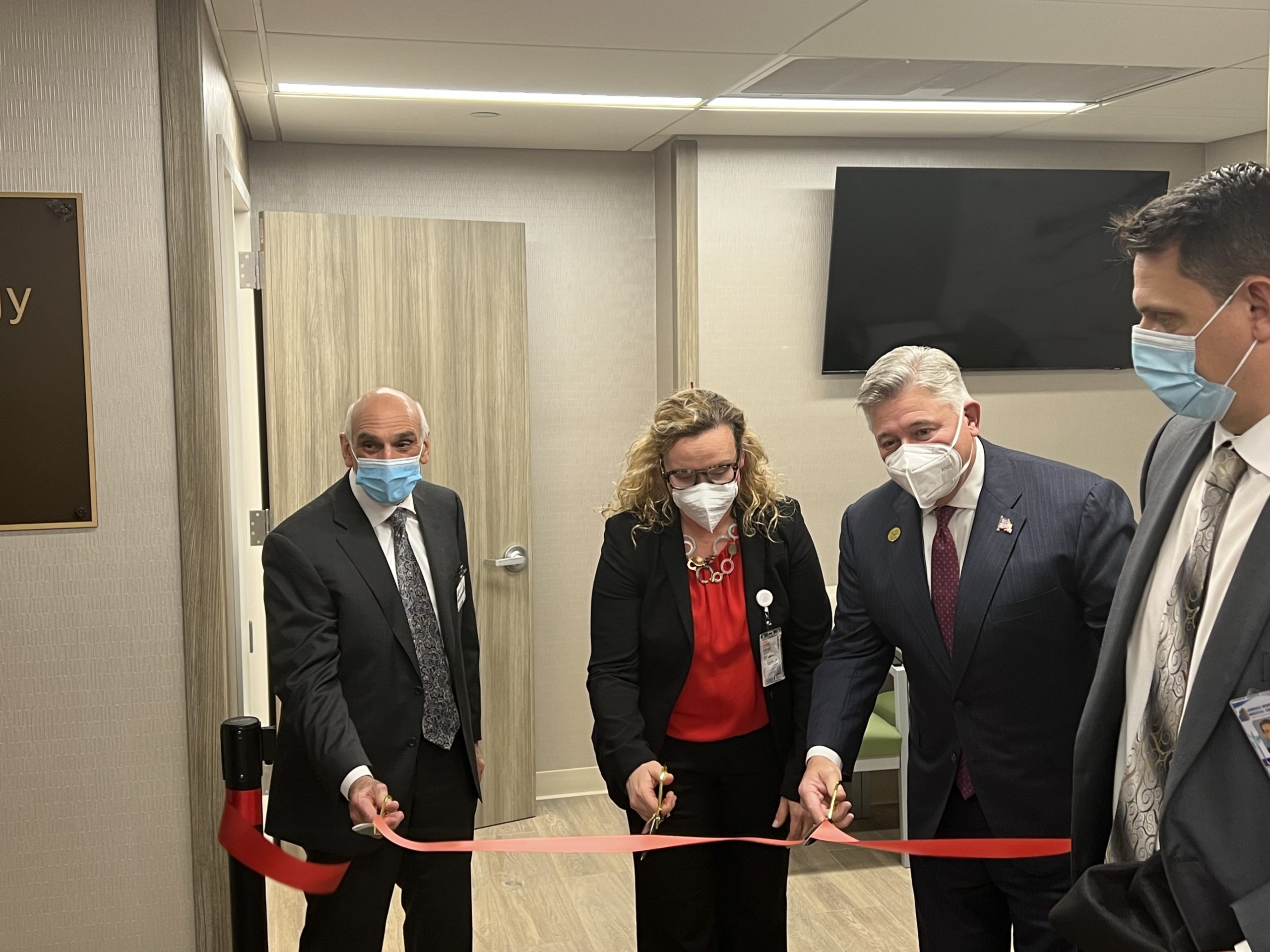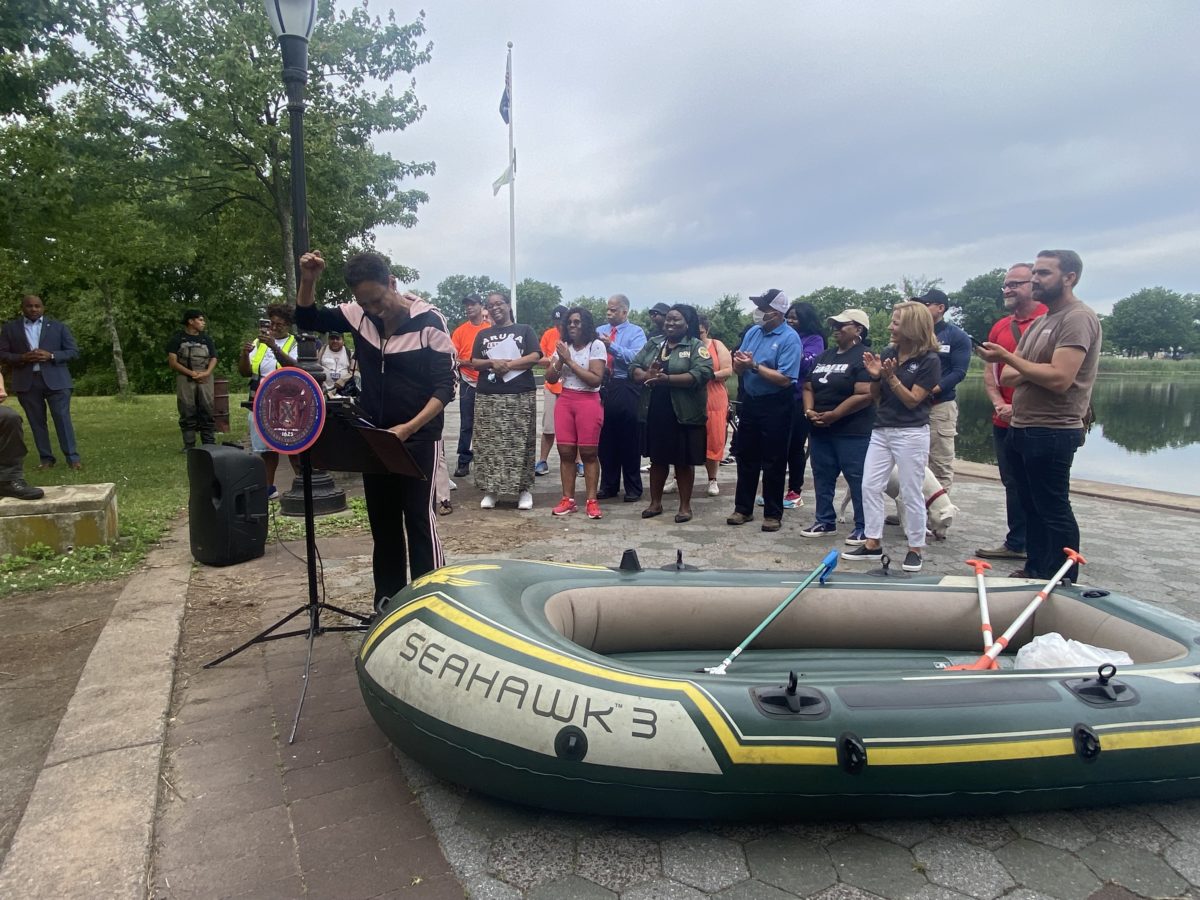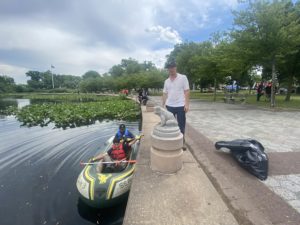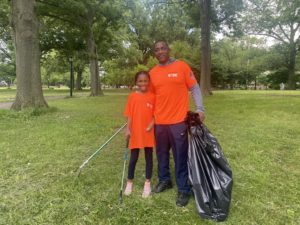Expecting Queens Mothers Can Now Apply For Unconditional Cash
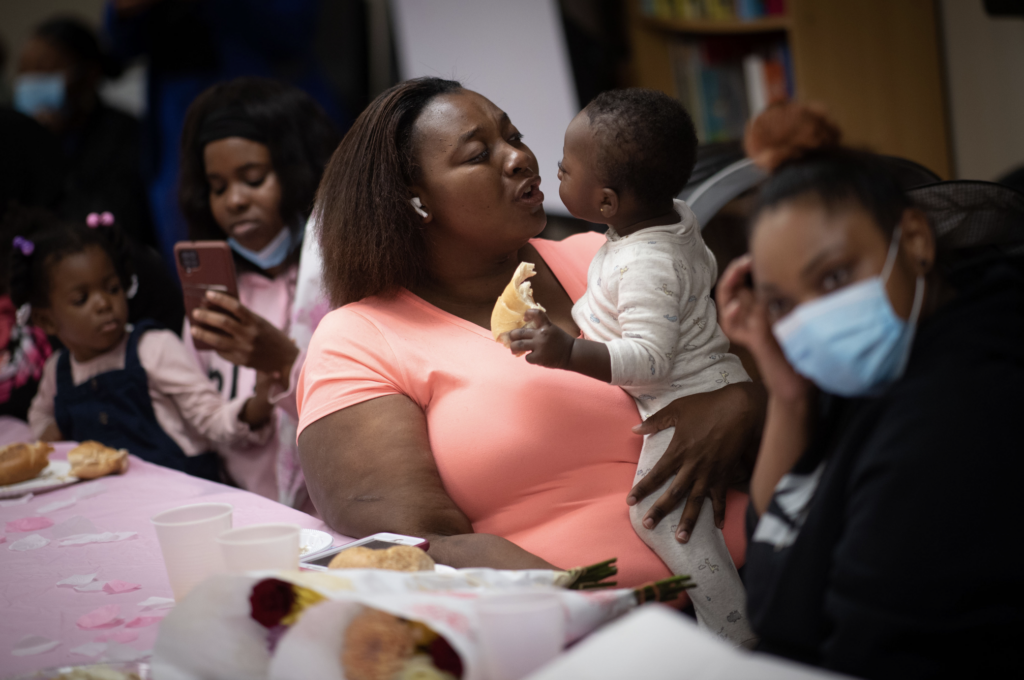
A family shelter in Brooklyn on Mother’s Day. Photo: Michael Appleton/Mayoral Photography Office
By Iryna Shkurhan | ishkurhan@queensledger.com
A philanthropic program that gives unconditional cash to expectant mothers for the first 1,000 days of their child’s life is expanding into Queens.
The Bridge Project, birthed in June 2021 through the Monarch Foundation, is the first to launch a direct cash allowance program in New York. After an impactful first phase in the Bronx, the program will pivot from pilot status and continue to serve new mothers in all five boroughs, while remaining a research study.
“It’s the first time that we’re actually opening applications in a borough and then leaving them open,” Megha Agarwal, the Executive Director of The Bridge Project, told the Queens Ledger. “The goal behind this is so that every mother who’s currently pregnant, and potentially could be eligible over the course of their pregnancy to join the Bridge Project, has the opportunity to do so.”
The initiative seeks to eliminate child poverty with a focus on the first three years of a baby’s life, which research shows is the most consequential period for a successful childhood and adulthood. Mothers can spend the cash how they see fit, unlike welfare programs with complicated requirements and restrictions.
Following the birth, participants will receive $1,000 in cash a month for the first 15 months. And for the last 21 months, they will receive $500 a month, all in biweekly installments. The drawdown creates a recognition that the program will eventually end, and tries to help mothers adjust to that loss of a safety net slowly.
To qualify, expecting mothers must live in Astoria, Corona, Elmhurst, Flushing, Jackson Heights or Jamaica and have an annual household income of under $52,000. In this third phase, women will also need to be pregnant for the first time, at 23 weeks or less.
The rollout into Queens on July 10 brought specific changes to the payments from past phases. An upfront prenatal allowance of $1,500 was introduced to cover the costs of preparing for the baby such as purchasing a crib, and stocking up on diapers and formula.
“We just find that cash is the most effective tool to help support children and babies in their earliest years,” said Agarwal, who pointed out that oftentimes, mothers will spend the initial payments catching up on rent or paying off debt. “It’s not until a little bit later into the program, do folks actually feel that they can use the money towards their child. So the prenatal allowance really allows them to do that.”
Aggregate data collected from the first six months of the program showed that 46 percent of spending was taken out as cash, likely for rent and other living expenses. Mothers also spent 18 percent on food and 19 percent went to merchandise.
The rate of respondents reporting that they have more than $500 in savings went up by 242 percent, and 13 percent more said that they can now pay for a $400 emergency.
The organization says they focus on “upstream solutions” to address the root issues of inequality instead of attempting to solve its aftereffects. They also want to “eliminate the deeply paternalistic approach the U.S. takes to poverty” with their focus on mothers, regardless of relationship status.
Nearly one in five children in New York experienced poverty in 2021, with them more likely to experience poverty than in 32 other states. In the city, nearly close to one in four children under three live in poverty, disproportionately affecting Black and Latinx youth.
The already high cost associated with having a child is also continuing to climb. According to a report released by Annie. E. Casey Foundation, child care costs have increased by 220% since 1990 with infant care being the most expensive.
With reliable research remaining a core purpose of the project, a control group is selected to not receive the funds. The initial application acts like a baseline survey. And every six to nine months, participants respond to quantitative surveys and can also be asked to participate in interviews and focus groups, all of which participants are additionally compensated for.
The concept of universal basic income is not new, and goes back to the 18th century. But widespread unemployment and financial hardships during the pandemic brought new attention to the idea of providing unconditional and periodic cash, especially as a poverty reduction tool. While some see UBI as a radical concept, recent studies indicate that it is successful at lifting people out of poverty and facilitating a better quality of life.
An MIT research study conducted in Kenya found that UBI decreased food insecurity and improved physical and mental health. But when conditions outlined that the money could only be spent on food, subjective well being was reduced.
And city officials are taking note. At the State of the City address on March 8, City Council Speaker Adrienne Adams expressed support for no strings attached income for communities in need, especially women.
“Women are the cornerstone of society and the backbones of our families. When women are healthy and have access to opportunity, our children, families and communities thrive,” said Adams in her speech. “We will work with organizations like the Bridge Project, Children’s Defense Fund, and Chapin Hall to support programs that provide monthly financial assistance payments to vulnerable young people and low-income mothers with infants. These efforts have shown great promise in helping people out of poverty and into stability.”
On June 23, the city council enacted a bill that will establish and fund pilot programs to provide unconditional cash for low-income individuals. Research would remain a core aspect, and the funds received would be exempt from being considered income for existing public aid programs.
“The power of our intervention is that it’s unconditional, and then it’s additionally flexible,” said Agarwal. “That’s completely different than the benefit system that we have in place today in our safety net. And it makes it really challenging and difficult, because it provides a lot of assumptions in terms of what people need at a certain point in time.”
The federal Child Tax Credit, which brought financial relief to families during the pandemic, expired at the end of 2021. According to the Center on Poverty and Social Policy at Columbia University, child poverty rose by 41 percent the following month. The initiative was able to help families meet their basic needs and no negative effects on parental employment were found.
Agarwal says that the success of the federal program reinforced their own findings about the power of direct cash assistance for those with children. Its disappearance also reinforced their commitment to change policy nationwide.
With SNAP benefits, the monthly payment which averages $121 cannot be used for hot food at the point of sale, hygiene products, medicine and cleaning supplies. The income eligibility for WIC in NYC is also significantly less than the requirement for the Bridge Project, which excludes many low-income mothers.
“Both the flexibility and the conditionality of the funds is really meant to allow people to take the autonomy and have self determination over what it is that they need, what their family needs and what their baby needs,” said Agarwal. “You know, your life much better than I do, so you should be able to make your own decisions the same way that I’m able to, in order to best serve yourself. It ends up being counterproductive if you place restrictions on top of people’s ability to make their own decisions.”
As of now, all their funding comes from private philanthropy which is made up of high net-worth individuals and private foundations. But with the possible infusion of government funding from NYC, the program can be sustained with both to reach even more mothers.
“What we’re trying to do here is provide some sort of model for child allowance across the United States,” said Agarwal. “We think this is an effective policy and could be a solution for our nation moving forward.”



